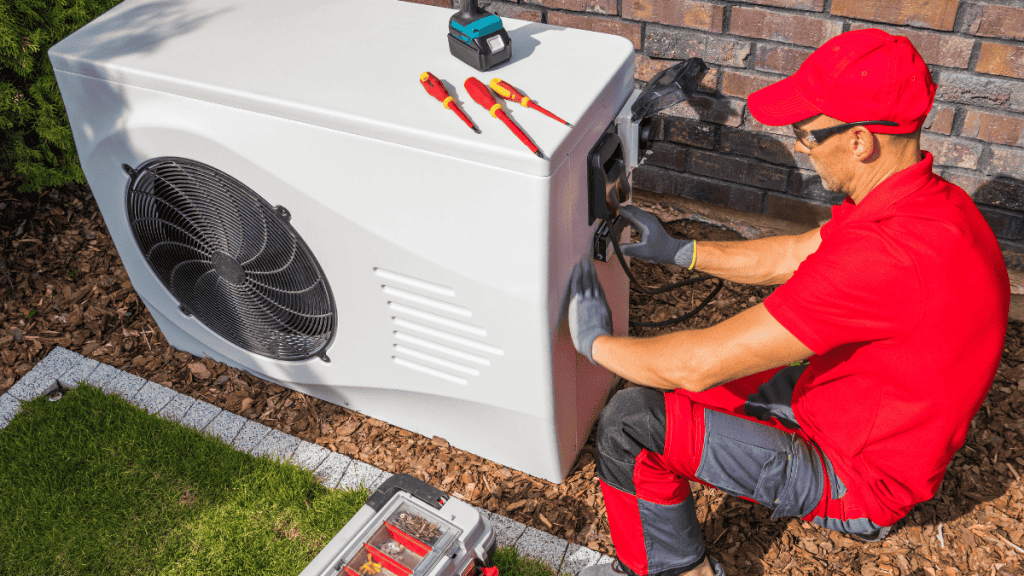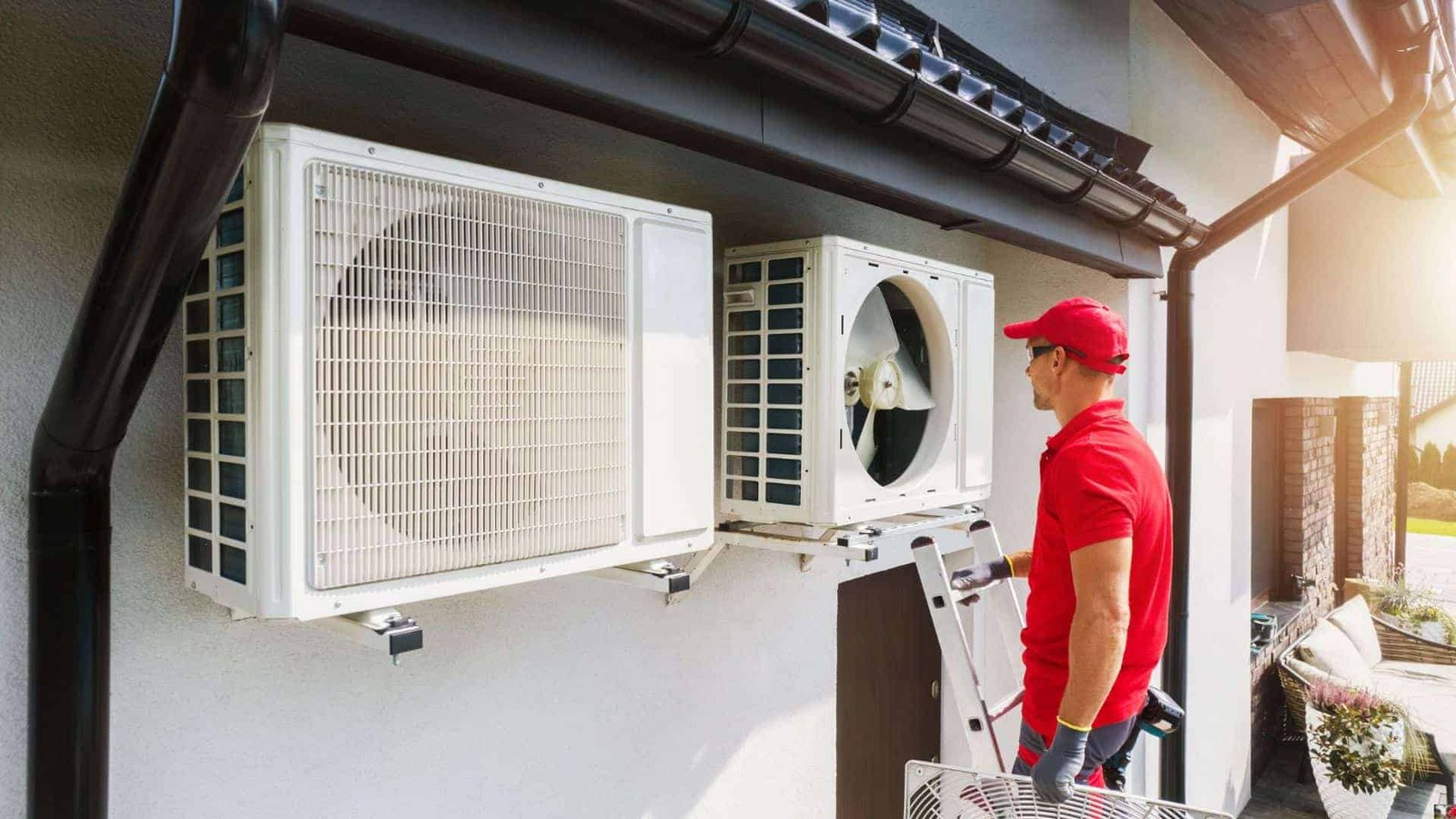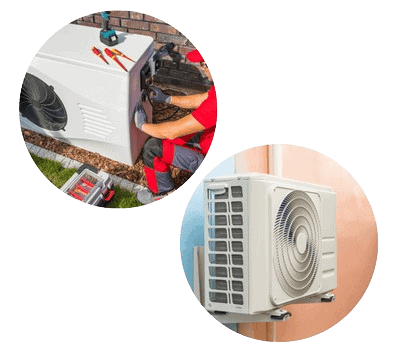As temperatures rise, keeping cool efficiently becomes crucial for both comfort and savings. During summer, effective cooling system practices not only ensure a refreshing indoor environment but also help trim down energy bills. Whether it’s optimizing thermostat settings for energy efficiency, ensuring proper insulation to retain cool air, or regular maintenance to keep systems running smoothly, these practices make a significant difference. By implementing these strategies, you not only enhance your home’s comfort but also contribute to a greener environment. Discovering the best cooling practices tailored to your home can lead to substantial energy savings while ensuring a cool, relaxing summer indoors.
Understanding Optimal Thermostat Settings

Setting your thermostat correctly plays a crucial role in both comfort and energy efficiency. During the summer, aim to set your thermostat to around 78°F when you’re at home and adjust it higher when you’re away or asleep. This balance ensures your home remains comfortable without overworking your cooling system.
Programmable thermostats are beneficial as they allow you to automate temperature adjustments throughout the day, optimizing energy use based on your schedule. By following these guidelines, you can reduce energy consumption and lower your utility bills while maintaining a comfortable indoor environment.
Importance of Regular HVAC Maintenance
Regular HVAC maintenance is essential for keeping your system running efficiently and reliably. Schedule annual inspections with a professional technician who can clean or replace filters, check refrigerant levels, inspect ductwork for leaks, and ensure all components are in good working condition. Neglecting maintenance can lead to decreased efficiency, higher energy costs, and potential breakdowns, which are costly to repair.
By investing in regular maintenance, you not only extend the lifespan of your HVAC system but also ensure optimal performance during peak cooling seasons. This proactive approach saves money in the long run and enhances indoor comfort by preventing unexpected disruptions.
Utilizing Energy-Efficient Cooling Devices
Energy-efficient cooling devices are designed to consume less energy while providing effective cooling. Look for air conditioners, fans, and other cooling appliances that are Energy Star-rated, indicating they meet high energy efficiency standards. Devices with higher SEER (Seasonal Energy Efficiency Ratio) ratings are particularly efficient and can significantly reduce your energy consumption compared to standard models.
Consider using smart thermostats that learn your habits and adjust settings automatically to optimize energy use throughout the day. Additionally, energy-efficient window units can be used strategically to cool specific areas of your home, reducing the overall workload on your central cooling system. By investing in these devices, you not only save on energy bills but also contribute to reducing environmental impact.
Smart Use of Ceiling Fans for Circulation
Ceiling fans are more than just decorative pieces; when used correctly, they can significantly enhance the efficiency of your cooling system. By promoting airflow and creating a wind-chill effect, ceiling fans help distribute cool air evenly throughout your living spaces, making rooms feel cooler without lowering the thermostat setting.
- Maximize Airflow Efficiency: Adjust ceiling fan blades to rotate counterclockwise during the summer to create a downward airflow that provides a cooling breeze.
- Use Fans with Energy Efficiency in Mind: Opt for ceiling fans with the Energy Star label, which are designed to use less energy while providing optimal performance.
- Strategic Placement: Install ceiling fans in commonly used rooms to circulate air effectively. Position fans about 7-9 feet above the floor for best results.
- Utilize Reverse Mode in Winter: In cooler months, set fans to rotate clockwise at a low speed to push warm air down from the ceiling.
- Combine with AC for Enhanced Comfort: Use ceiling fans alongside your air conditioning system to distribute cool air more efficiently, allowing you to raise the thermostat temperature while maintaining comfort.
Smart use of ceiling fans not only enhances comfort but also reduces energy consumption by supplementing your cooling system. By optimizing their settings and placement, you can achieve a more comfortable indoor environment while saving on utility bills.
Integrating Programmable Thermostat Technology
Programmable thermostats offer advanced features that allow you to automate temperature settings throughout the day, optimizing comfort and energy efficiency. By programming your thermostat to adjust temperatures based on your schedule, you can avoid unnecessary cooling when rooms are unoccupied, thereby reducing energy waste and lowering utility bills.
- Set Customized Schedules: Program your thermostat to automatically adjust temperatures according to your daily routines, such as raising temperatures when you’re away from home.
- Remote Access: Many modern programmable thermostats offer smartphone apps that allow you to monitor and adjust settings remotely, ensuring comfort and efficiency even when you’re away.
- Adaptive Learning: Some thermostats can learn your habits and adjust settings accordingly over time, optimizing energy use without sacrificing comfort.
- Energy Reports: Track energy usage and receive reports to understand how your HVAC system operates and where potential energy savings can be made.
- Compatibility with Smart Home Systems: Integrate your programmable thermostat with other smart home devices for enhanced convenience and energy savings.
Integrating programmable thermostat technology into your home not only enhances convenience but also improves energy efficiency. By leveraging advanced features and smart scheduling, you can reduce energy consumption and lower your environmental impact while maintaining comfort.
Enhancing Home Insulation for Better Efficiency

Proper insulation is essential for maintaining a consistent indoor temperature and reducing energy loss. Insulate attics, walls, floors, and crawl spaces to prevent cool air from escaping during the summer and to keep hot air out. Ensure that weather stripping around doors and windows is intact to seal any potential drafts.
By improving insulation, you reduce the workload on your cooling system, allowing it to operate more efficiently and effectively. This not only enhances indoor comfort but also lowers energy costs over time. Investing in insulation upgrades is a long-term solution that pays off in increased energy savings and improved comfort throughout the year.
Harnessing Natural Ventilation Strategies
Natural ventilation utilizes airflow to cool your home without relying solely on mechanical cooling systems. Open windows strategically to promote cross-ventilation, especially during cooler times of the day or evening when outdoor temperatures drop. This allows fresh air to circulate through your home, reducing the need for air conditioning.
Use window coverings such as blinds or curtains to direct airflow and block direct sunlight, which can heat up your home quickly. Properly placed windows and vents can further enhance natural cooling effects by allowing hot air to escape and drawing in cooler air. By incorporating these strategies, you can reduce energy consumption and create a more comfortable indoor environment during the summer months.
Managing Shade and Solar Heat Gain
Managing solar heat gain involves using shading strategies to block direct sunlight from entering your home and heating up indoor spaces. Planting trees or installing awnings, shades, or pergolas outside windows can provide natural shade and reduce the amount of heat that enters your home through windows. Additionally, using reflective window films or blinds can help reflect sunlight away from windows, preventing it from warming up indoor spaces.
These strategies reduce the workload on your cooling system by minimizing the need for air conditioning to combat heat gain. By managing shade effectively, you can maintain a cooler indoor environment and lower your energy bills during the summer months. These measures not only enhance comfort but also contribute to a more sustainable and energy-efficient home.
Conclusion
Adopting best cooling system practices can lead to significant energy savings and enhanced comfort during the summer months. By understanding optimal thermostat settings, regularly maintaining HVAC systems, utilizing energy-efficient devices, enhancing home insulation, harnessing natural ventilation strategies, managing shade and solar heat gain, and smartly using ceiling fans and programmable thermostats, homeowners can effectively reduce energy consumption and lower utility bills. These practices not only benefit your finances but also contribute to a more sustainable environment by minimizing energy use. Implementing these strategies ensures that your home remains cool and comfortable while promoting responsible energy management.
For expert HVAC services and advice tailored to your home’s needs, contact Air Repair at 19 Maple Grove Ave, Richmond Hill, Ontario, Canada. Call us at (647) 330-2979 to schedule a consultation or service appointment today. Let our experienced team help you optimize your cooling system for maximum efficiency and savings this summer.


